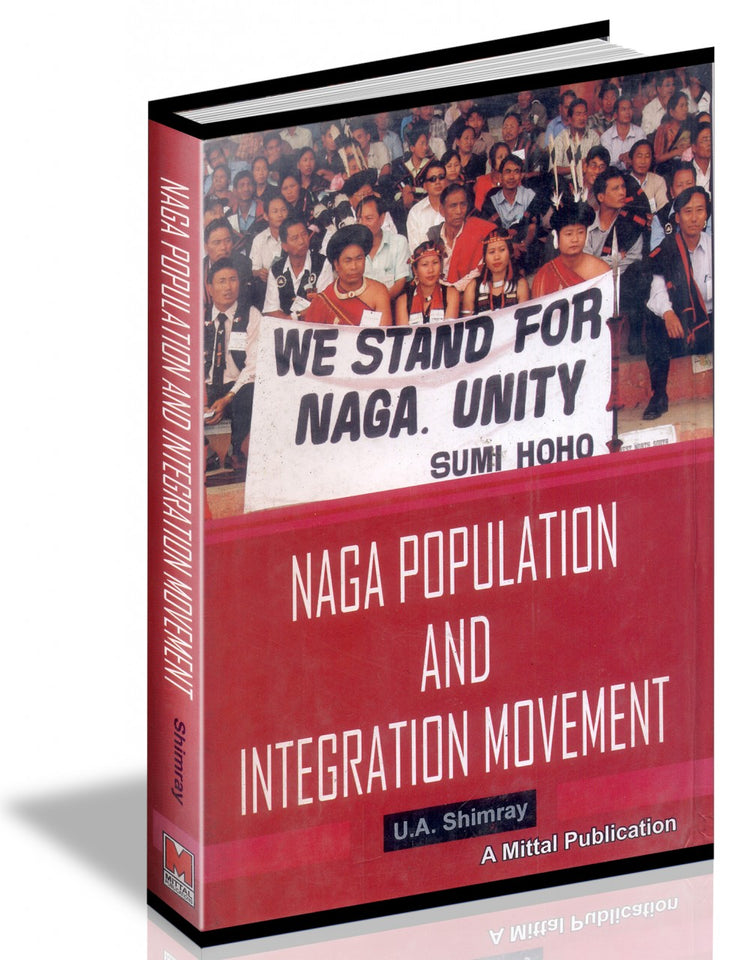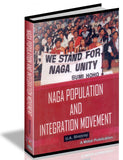Naga Population And Integration Movement
Regular price
Rs. 595.00
Type a description for this product here...The 1997 Naga ceasefire and political talks opened a new political dimension based on ethnic politics and 'territorial politics'. And also marks as revival of Naga civil societies' demand for the integration of Naga homeland. In other words, the old map, which the Colonial had introduced, has become a major bone of contention between the different ethnic groups. In the Naga political issue, the agenda of integration is very crucial as well as contentious for various reasons. Without uniting the Naga people [of all Naga areas], the peace process would be meaningless. Indeed, Naga integration movement is observed as a 'dangerous' political game of ethnicism and conflict. The Meiteis factor to the Naga politics vis-a-vis Naga politics 'conditioning' the Meitei community is one political 'puzzle' in the region. The fact is that the 'conditioning politics' among the communities threatens the ethnic-co-existence in the region. Undoubtedly, ethnic coexistence and mutual relationship is indispensable. Historically, the communities travel and interact among each other socially and culturally as well as economically. Unfortunately, the relationship is in deteriorating form almost reaching its cracking point. Such animosity is encouraged by 'nasty' politics and capitalisation of ethnic politics and hegemony. To be realistic, one cannot isolate the other and maintain an 'exclusivist' attitude.
U.A. Shimray (b.1972), M.Phil, 1999, Ph.D. 2005 from Jawaharlal Nehru University, New Delhi. He was awarded Junior Research Fellow (JRF) by University Grants Commission. He has his research papers published in reputed national & International journals, newspapers and magazines. He is an active member of Naga People Movement for Human Rights (NPMHR) Delhi, and Convenor, Tangkhul Nagas Students, Delhi (1995-1997).
Guaranteed Safe Checkout





